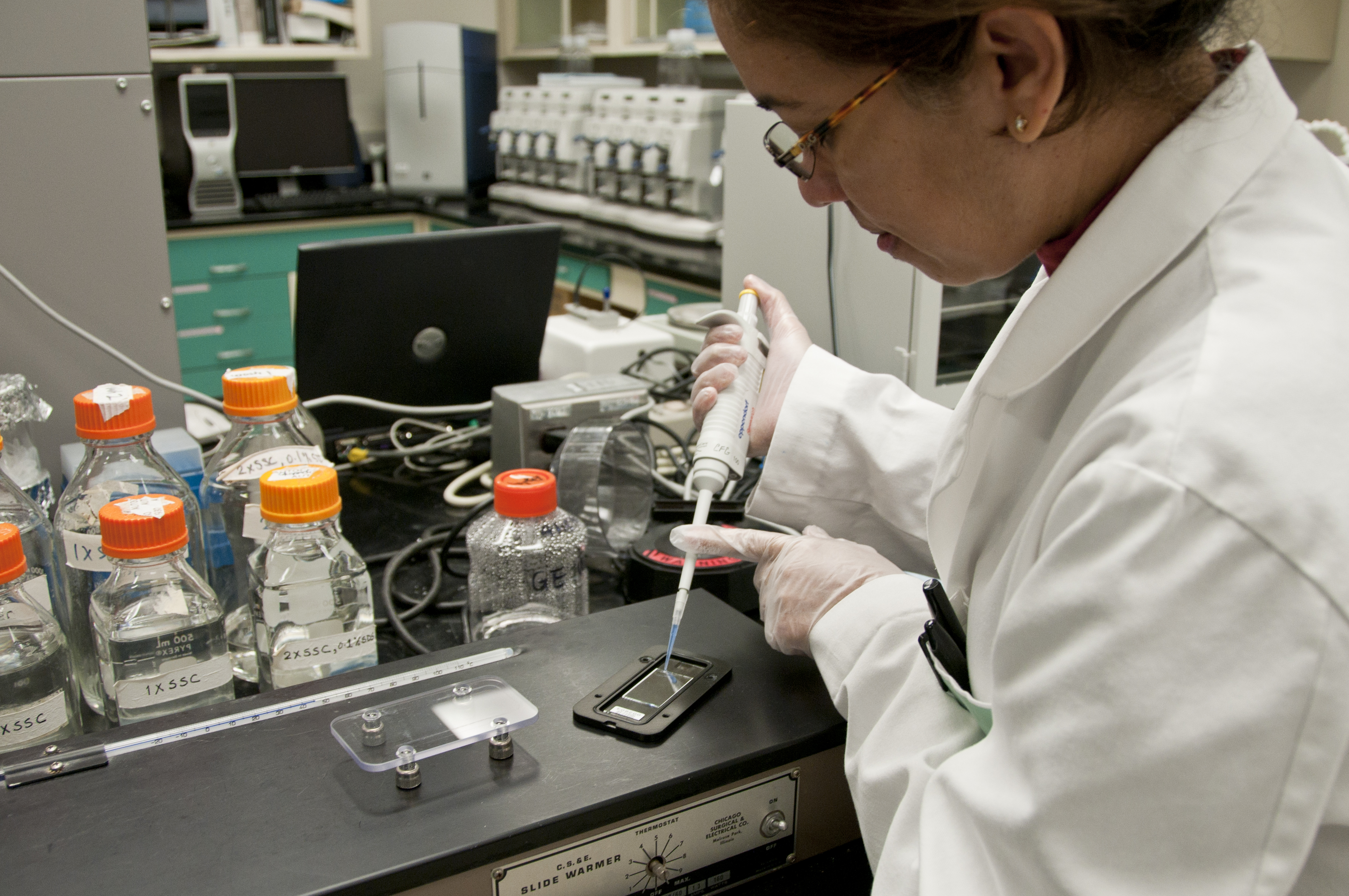
Photo from academic.microsoft.com
Inadequately treated or untreated wastewater greatly contribute to the release of unwanted toxic contaminants into water bodies. Some of these contaminants are persistent and bioaccumulative, becoming a great concern as… Click to show full abstract
Inadequately treated or untreated wastewater greatly contribute to the release of unwanted toxic contaminants into water bodies. Some of these contaminants are persistent and bioaccumulative, becoming a great concern as they are released into the environment. Despite the abundance of wastewater treatment technologies, the adsorption method overall has proven to be an excellent way to treat wastewater from multiple industry sources. Because of its significant benefits, i.e., easy availability, handling, and higher efficiency with a low cost relative to other treatments, adsorption is opted as the best method to be used. However, biosorption using naturally found seaweeds has been proven to have promising results in removing pollutants, such as dyes from textile, paper, and the printing industry, nitrogen, and phosphorous and phenolic compounds, as well as heavy metals from various sources. Due to its ecofriendly nature together with the availability and inexpensiveness of raw materials, biosorption via seaweed has become an alternative to the existing technologies in removing these pollutants from wastewater effectively. In this article, the use of low-cost adsorbent (seaweed) for the removal of pollutants from wastewater has been reviewed. An extensive table summarises the applicability of seaweed in treating wastewater. Literature reported that the majority of research used simulated wastewater and minor attention has been given to biosorption using seaweed in the treatment of real wastewater.
Journal Title: International Journal of Environmental Research and Public Health
Year Published: 2018
Link to full text (if available)
Share on Social Media: Sign Up to like & get
recommendations!